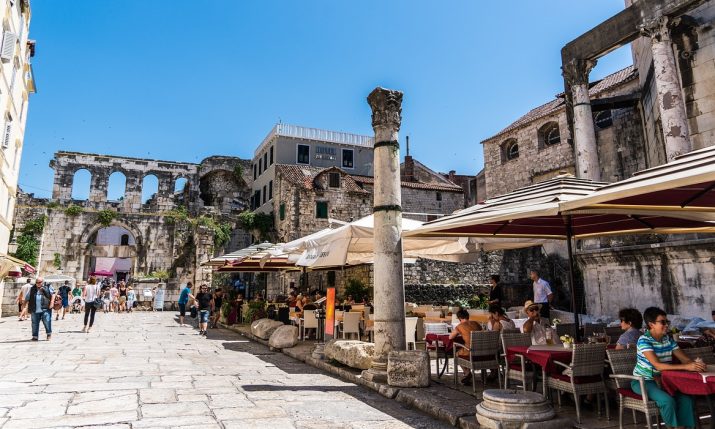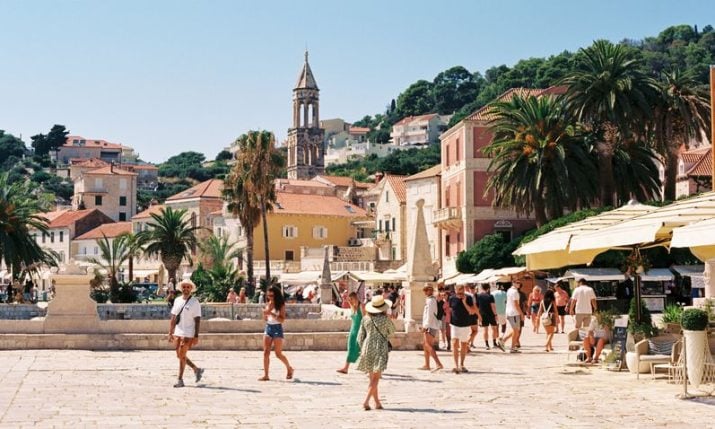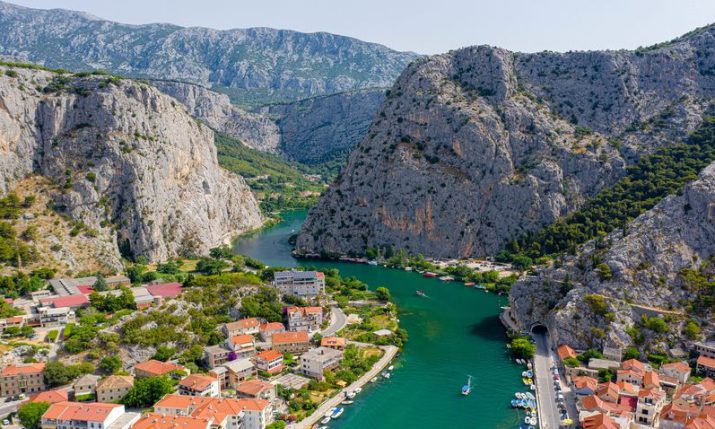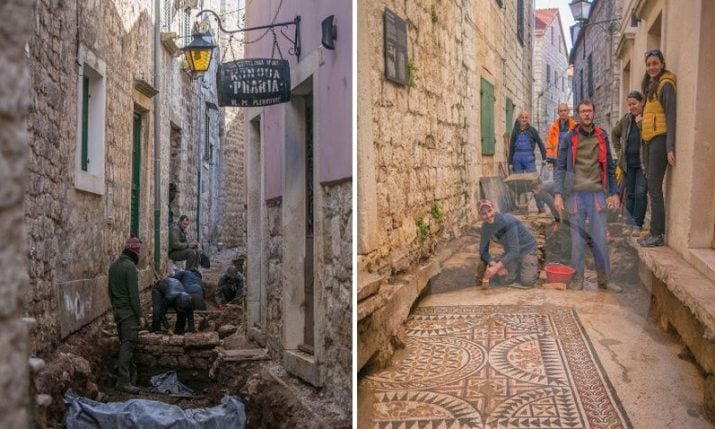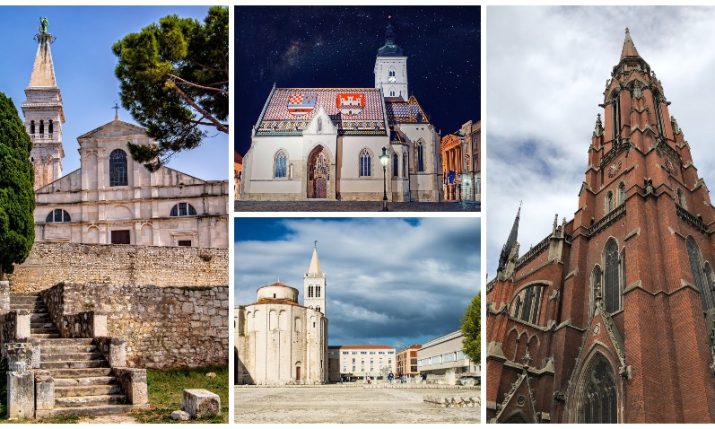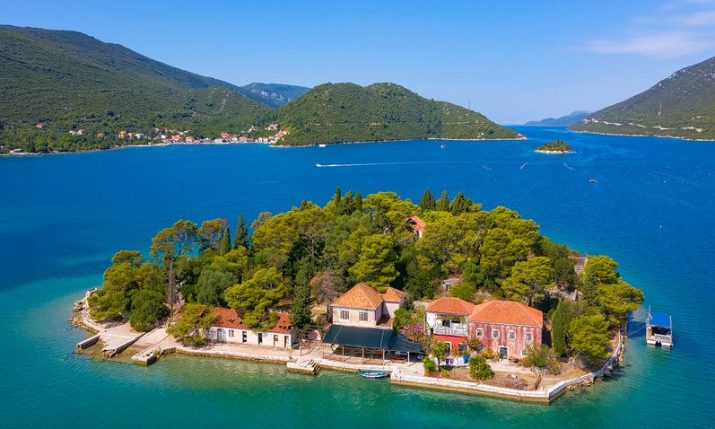7 Croatian fortresses to check out
- by croatiaweek
- in Travel
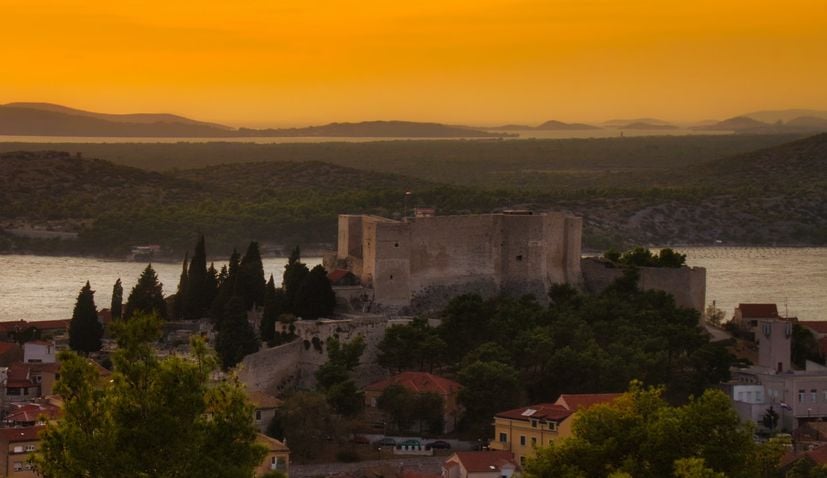
Šibenik
Croatia, a country with a rich and diverse history, is home to some of the most impressive and well-preserved fortresses in Europe.
These imposing structures served as important defensive structures for centuries, protecting towns and cities from invading armies and marauding pirates. Today, they offer a fascinating glimpse into Croatia’s past, attracting visitors from all over the world.
From the stunning walls of Ston to the imposing towers of Klis Fortress, each of these historic sites has its own unique story to tell, revealing a rich tapestry of Croatian history, culture, and architecture.
In this article, we explore 7 fortresses on the Dalmatian coast, built to keep enemies out, that are definitely worth checking out.
1. Klis Fortress
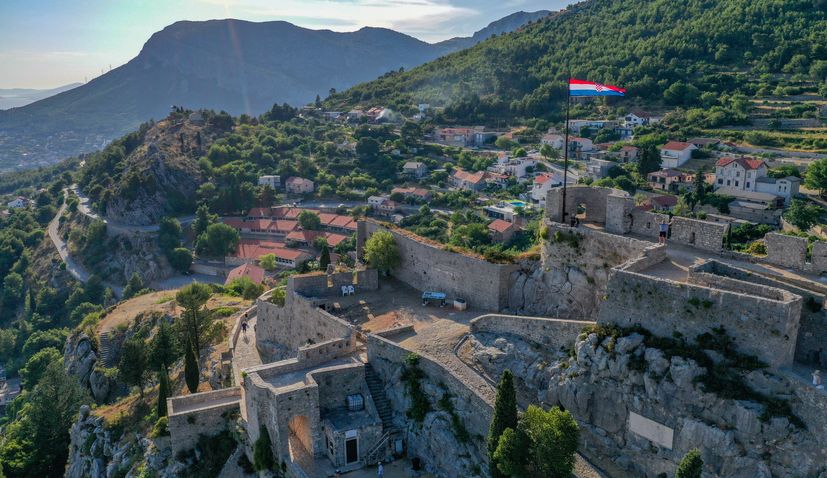
Klis
Klis is a mountain located northeast of Split and separates the mountains Mosor and Kozjak. When the Ottoman wars were raging through Europe the ancient Illyrian stronghold was expanded into Klis Fortress. This two thousand years old medieval fortress served as a defense spot in Dalmatia.
It was also the seat of many Croatian kings and dukes, from the 9th century Duke Mislav, under the reign of Duke Trpimir to the first Croatian king, Tomislav. It was later ruled by the famous Šubić family. The fortress is best known because of the 16th-century defense against the Turkish invasion that lasted for more than 20 years. It has long been undefeatable.
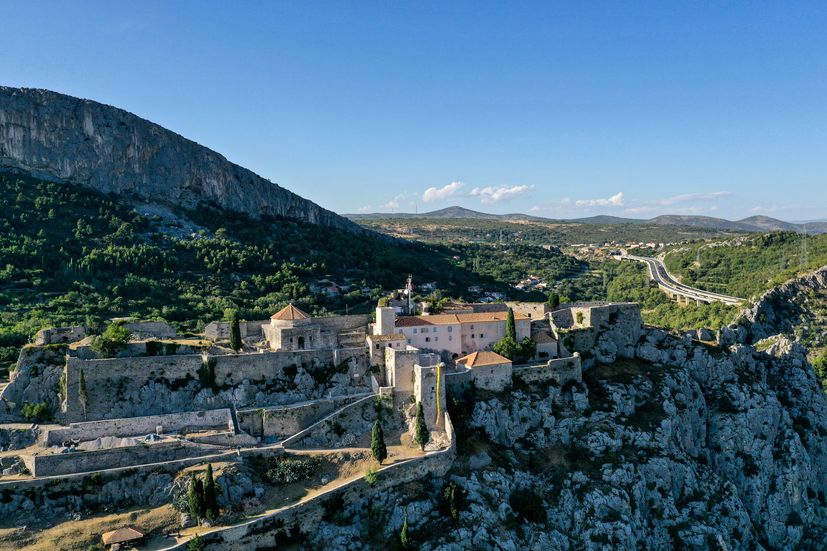
Klis
This was the time the famous military faction of Uskok had first been formed. Eventually, the fortress was occupied by the Ottomans and later the Republic of Venice as well as the Austrians. At one point in history, Klis was under the control of the Templar knights.
Because of the great historical value, today the fortress is a museum. The beautiful fortress follows the natural structure of the hill and is of great value as an example of defensive architecture. Its spectacular position, overlooking the surrounding area, the town of Split and the sea, was used as a part of Meereen in the filming of the HBO series Game of Thrones.
2. St. Nicholas Fortress
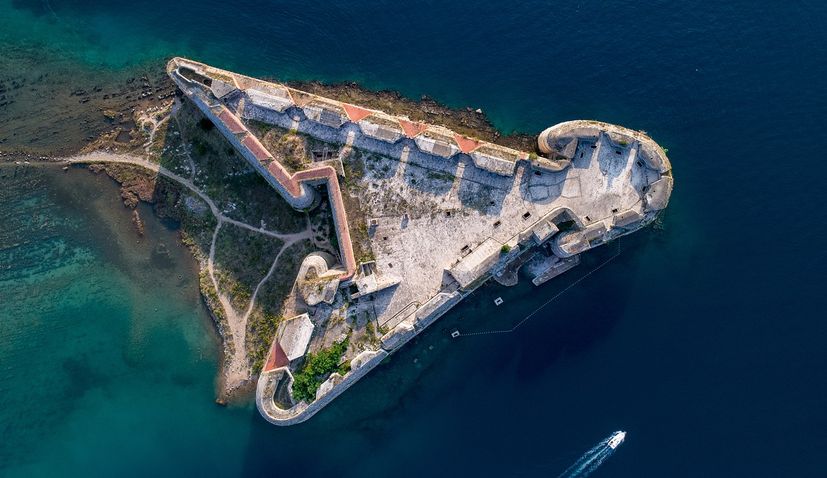
St. Nicholas Fortress
St. Nicholas Fortress is today one of the most famous sights in Šibenik.
The fortress got its name from the Benedictine Monastery of St. Nicholas, which was on the island, but due to the construction of the fortress had to be demolished.
At the request of domestic Croat population of Šibenik, the Venetian captain Alojzije de Canal decided to build a fort on an island of Ljuljevac on 30 April 1525. The fortress was designed and built by the famous Venetian architect and builder Hyeronimus di San Michaela. The imposing fortress prevented Turkish boats from reaching the port in the 16th century.
The fortress is one of the most valuable and best-preserved examples of defense architecture in Dalmatia. The fortress is made of brick because this material was considered to be most resistant to cannonballs, while the foundations are made of stone.
3. Barone Fortress
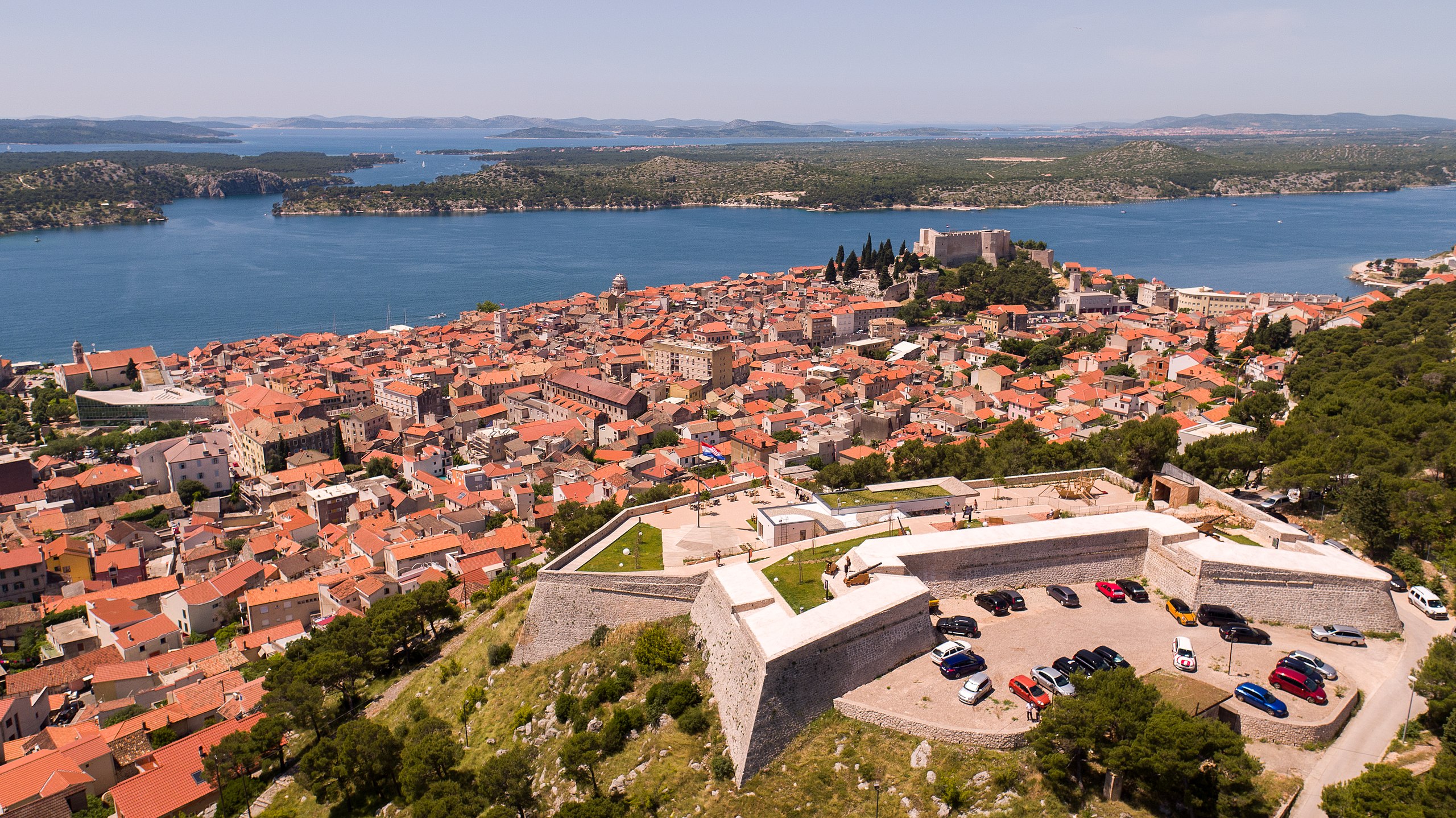
(Photo: Lady Ivy/CC BY-SA 4.0)
Barone Fortress (Tvrđava Šubićevac) was built in 1646 on Vidakuša, the 80 meter-high hill above the city of Šibenik on the Dalmatian coast.
The Barone Fortress was a unique defence system which protected the city from invaders for centuries.
The city of Šibenik was protected from enemy attack by its city walls and the St. Michael’s Fortress until another fortress – Barone was constructed on the hill to give a better defence to the city in the mid-1600s.
The fortress took just 58 days to construct and was ready in time for an attack from the Ottomans that same year. Barone was shaped as an irregular star and resisted the enemy cannons with bastions reinforced with soil sediments.
4. Ston
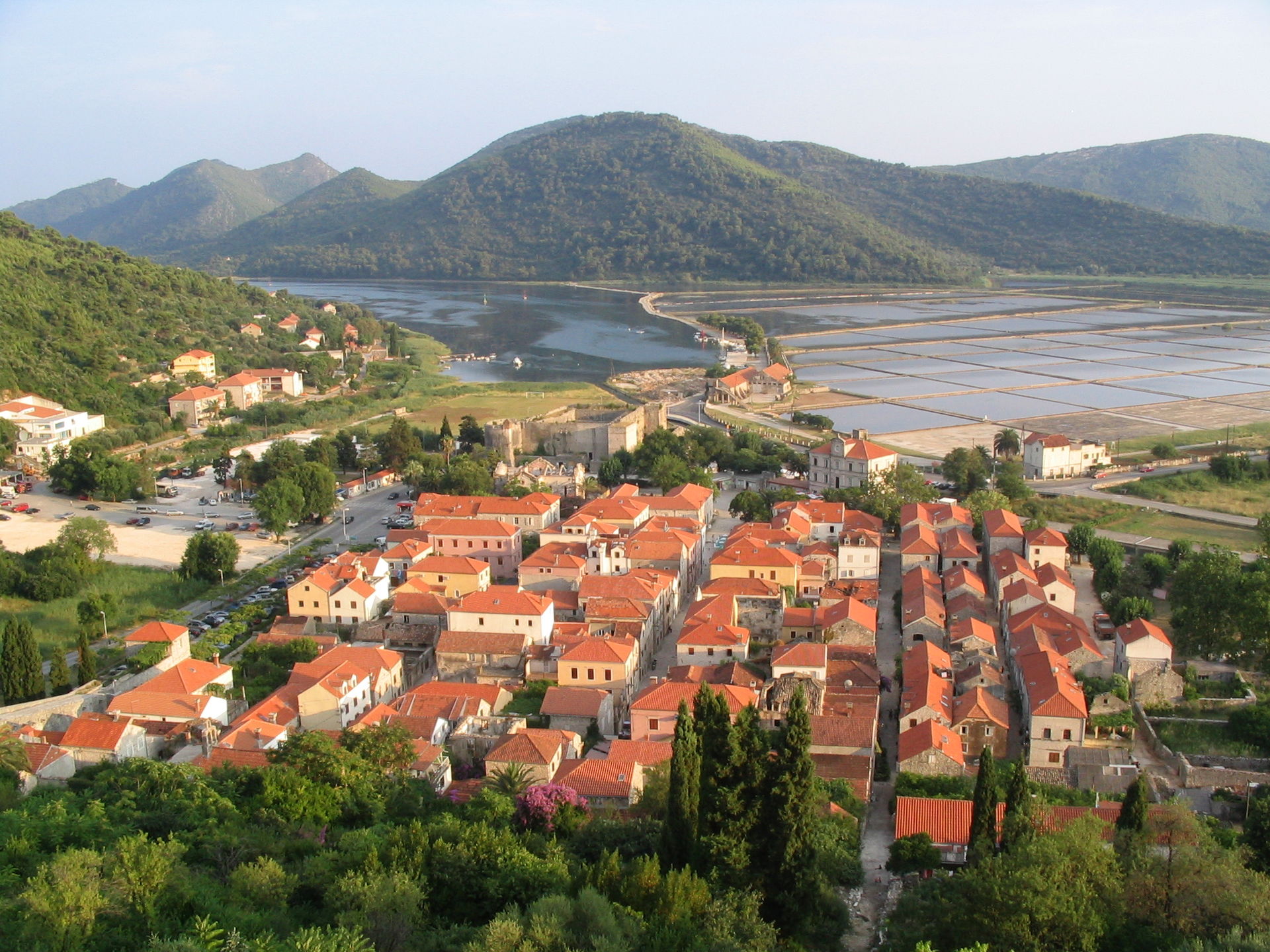
Ston (Photo credit: Lubenica/CC BY-SA 4.0)
Known as the “European Wall of China”, the Walls of Ston in southern Croatia are the longest preserved fortification system in the world after the Great Wall of China.
The series of defensive stone walls, originally more than 7 kilometres long, was built in the 14th and 15th century by Dubrovnik and Ston citizens to protect the city of Ston, which was part of the Republic of Ragusa. Over 400 years were taken to build the impressive complex.
The wall today links Ston to Mali Ston, and is in the shape of an irregular pentangle. It was completed with its 40 towers (20 of which have survived) and 5 fortresses. Within, three streets were laid from north to south and three others from east to west.
The town was entered by two city gates and the centres of the system are the fortress Veliki kaštio in Ston, Koruna in Mali Ston and the fortress on Podzvizd hill (224 m). Noted artists who worked on the walls project were Michelozzo, Bernardino Gatti of Parma and Giorgio da Sebenico (Juraj Dalmatinac).
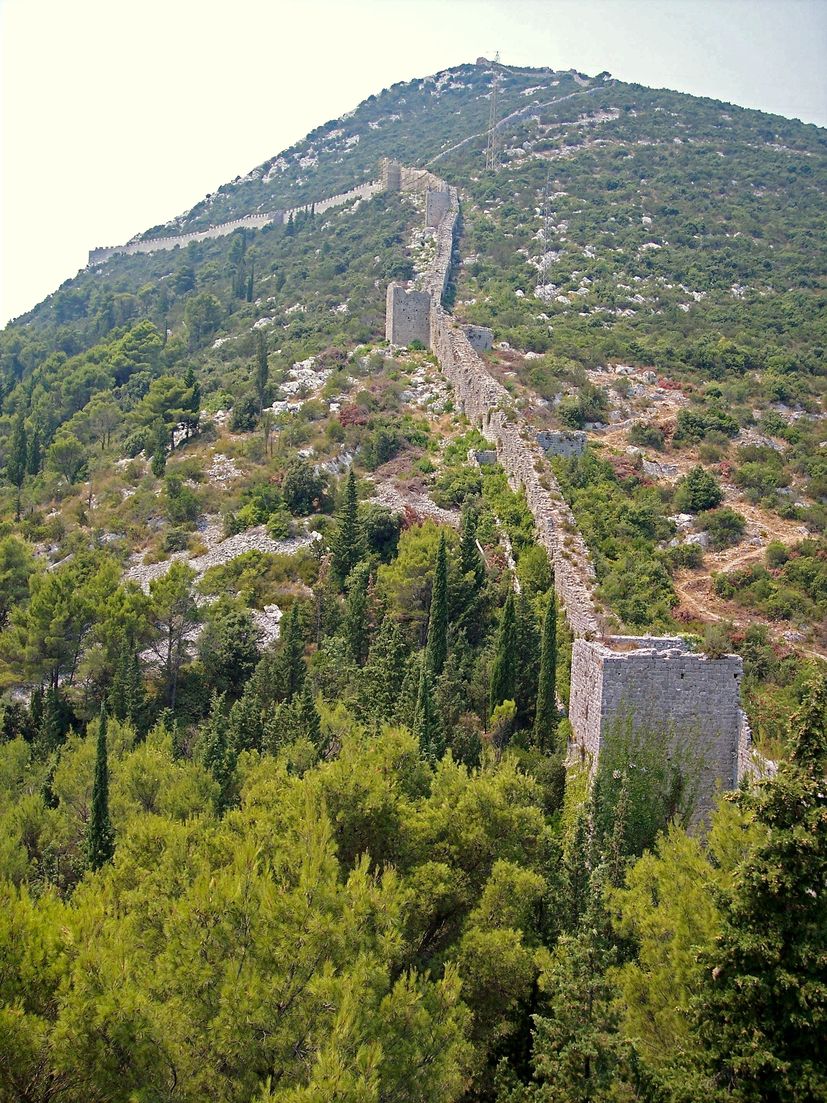
(Photo: László Szalai/Public domain)
The city plan of Dubrovnik was used as a model for Ston, but since Ston was built on prepared terrain, that model was more closely followed than Dubrovnik itself. In terms of infrastructure like water mains and sewers built in 1581, Ston was extraordinarily unique in Europe.
5. Španjola
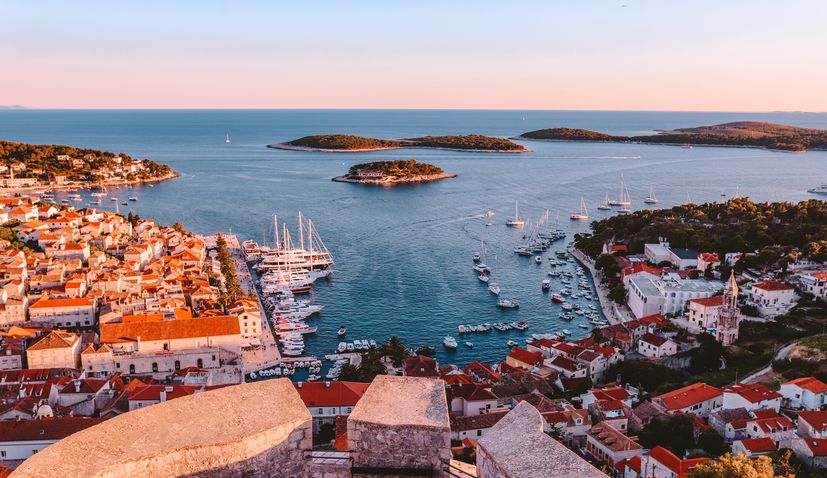
Hvar
Spanjola, or Spanish Fortress, is located on a hill above the town of Hvar on the island of the same name in southern Dalmatia.
The earliest known settlement on the site of today’s Hvar town was Illyrian. On the site of the present Spanish Fortress stood a hillfort, the importance of which can be seen in the pottery from the site, indicating long-distance trade from the eighth century B.C. onwards.
Spanish fortress was however completed in the mid-16th century, in time to defend an attack by the Turks in 1571. The fortress included a tower, four circular bastions, armory, gunpowder store, a large and small water cistern, a prison, and a chapel dedicated to St John the Baptist.
The fortress, know by locals as Fortica, has been repaired and restored many times over the last few centuries and today is a popular tourist haunt and one of the most popular spots to take photos from on the island.
6. Brod Fortress
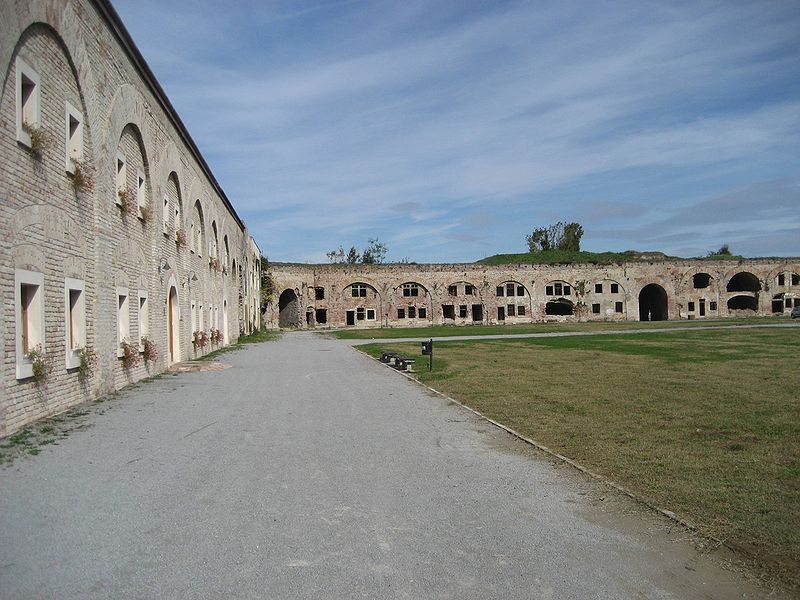
(Photo credit: Modzzak/CC BY-SA 3.0)
The Fortress of Brod is a fortress in the city of Slavonski Brod which is an important piece of cultural heritage.
Slavonski Brod was an important strategic and traffic center controlling the border crossing towards Turkey and connecting main commercial trails. In between 1715 and 1780 Austria built the large imperial and royal border Fortress of Brod on the Sava River, which along with the fortified baroque towns of Slavonia, namely Osijek and Stara Gradiška, belongs to the great defense system on the border towards the Turkish Empire, designed by Prince Eugene of Savoy in the first half of the 18th century.
7. Sokol Tower
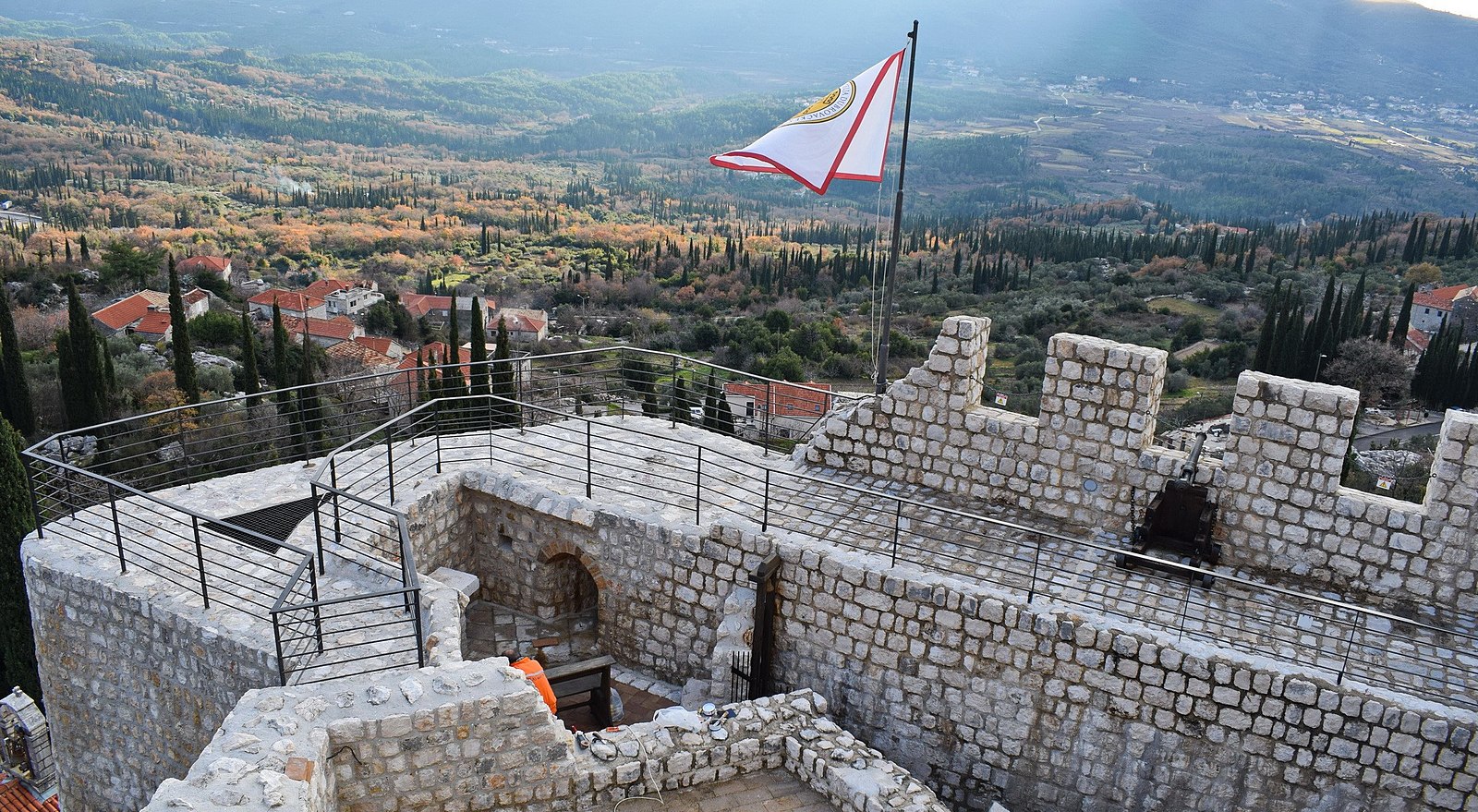
(Photo: Miroslav Vajdic/CC BY-SA 2.0)
Located in Dunave, Konavle in the Dubrovnik region, Sokol Fort is a unique fort which has been in possession of Dubrovnik since 1420.
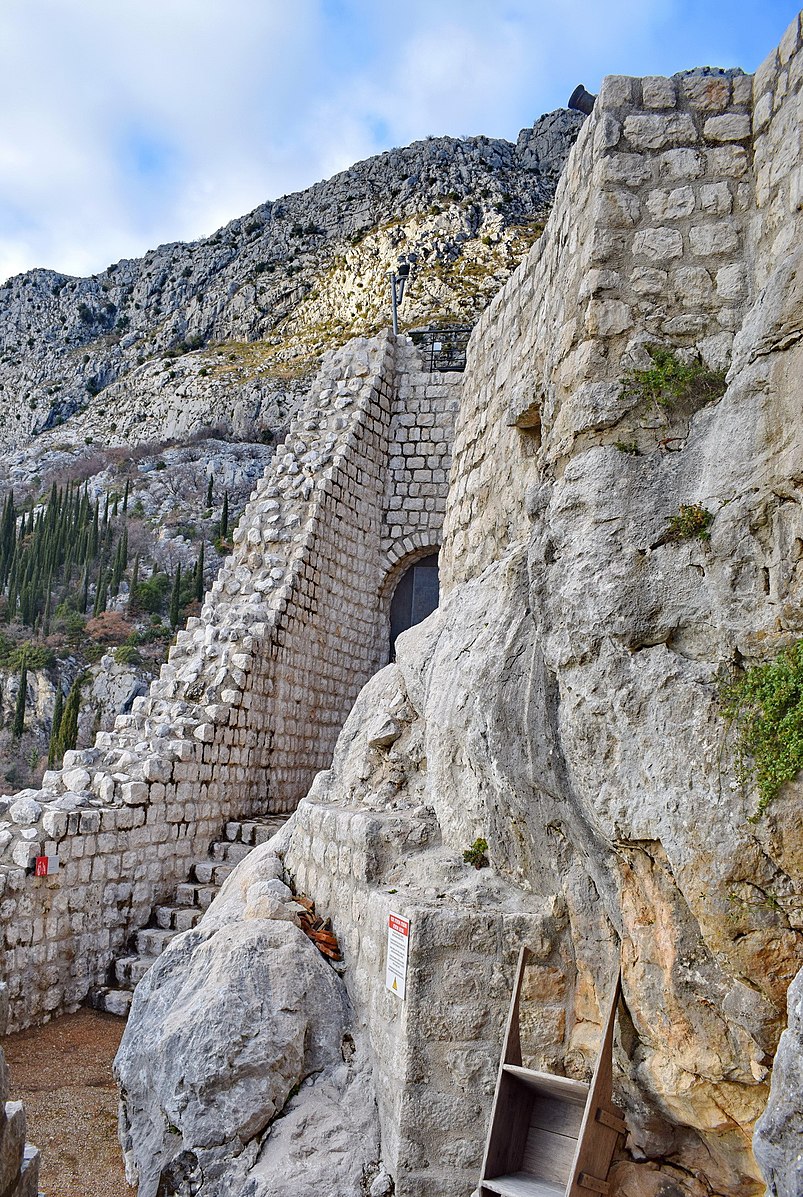
(Photo: Miroslav Vajdic/CC BY-SA 2.0)
The fort, which survived the big earthquake of 1667, has been placed under state protection and is home to a number of valuable items from the Cetina culture in the Bronze and Iron Ages. Weapons, including Battalion spears and knives dating from the Illyrian period 400-500 years BC also form part of the collection.


